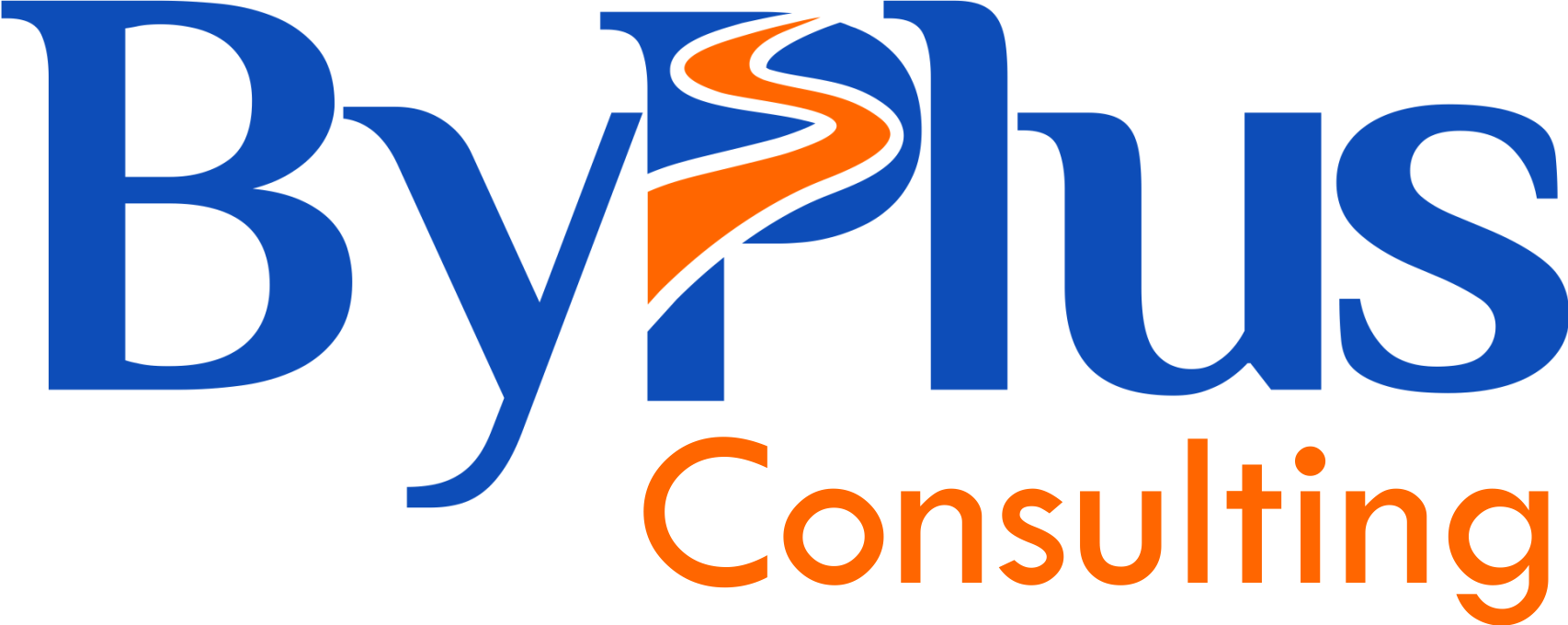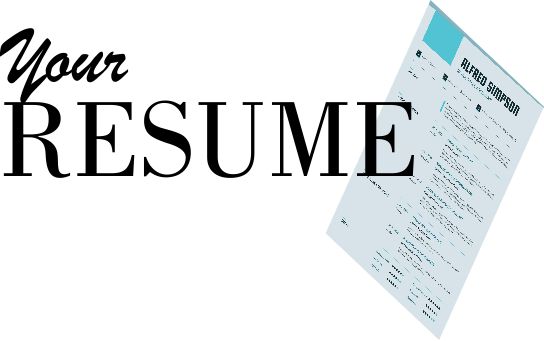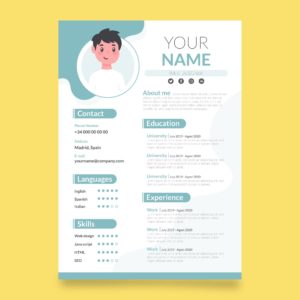How to write a resume for your first job is very important and can never be under rated at all.
Writing a resume for your first job requires patience, attention to detail, and a little creativity. All job seekers need a strong resume if they want to compete for the best jobs. But while seasoned professionals can rely on their experience to generate initial interest from prospective employers, individuals hitting the job market for the first time do not have such a luxury. New professionals, therefore, need to work even harder to sell themselves to managers.
The Ideal Resume
When one goes for an interview, the potential employer has no idea of who the applicant is. In some cases, the person applied to the ad while others used a headhunter or job site on the internet and matched their credentials for the position.
The first impression employers always look at is one’s resume. Given the many that apply, this usually takes about 30 seconds and so with the limited words, one must be sure that the resume is well written and grammatically correct.
The resume must say almost everything about the person. This should always start with pertinent information such as the person’s name, age, address, contact number and social security number. The details here are needed so if one is considered to be a potential employer, it will be easy for the company to get in touch with the applicant and be scheduled for an interview.
Next is the career objective which is the reason why the applicant wants to apply for the position. By putting a strong goal in mind and not a general one, the employer will see that this person has a direction which is why that person wants to work for the company.
The next section should include the relevant skills and knowledge one has had in the current and previous jobs as well as highlighting one’s major accomplishments. By putting in detail the things one has done in that position and experiences learned from it, that information is already basis for the employer to see the potential the applicant has for that position. It shows the qualities one possesses and the benefits one can contribute to the further growth of the company.
After that, the resume should show one’s educational background. Some companies prefer someone with a degree in a certain field, a licensed professional to do the job or one who possesses a master’s degree. By showing one’s credentials, it is a good indicator of the type of training one has possessed in school and the accomplishments one has achieved in the course of one’s career.
The latter section should provide details such as hobbies, interests and character references. Employers look at potential applicants who not only have the qualifications for the job but also those who also those who are well rounded. Being active in a certain organization and be seen as a leader in a group shows one’s social skills with others. Character references do the same and give people an idea how one performed working with that person.
There is no ideal resume. It depends on the job.
It is an important step one must pass before being called for that first interview.
How To Write Your Resume
To start your resume, you will need to select a resume format.
A functional resume is usually the best choice for a new professional, since it allows you to present your qualifications by functional skills as opposed to purely chronological job order. Since your work history will be brief, if not non-existent, you want to place the emphasis on your skills and knowledge.
Layout of a Functional Resume
The old saying “You never get a second chance to make a first impression” is absolutely true when it comes to applying for a job and your CV is the first opportunity you will get to impress a potential employer. If your CV is not carefully written you may never get a second chance.
What Format Do You Use?
The difference between a Graduate CV and the CV of a person established in the workplace (sometimes called a Performance CV) is predominately one of emphasis.
A Performance CV is written in reverse chronological order, beginning with Profile, then a list of Achievements, Career History, Skills, Education, Personal Information and Interests. It is designed to highlight achievements and responsibilities in a person’s career. The main emphasis is on job titles and the companies they have worked for.
As a graduate this can seem intimidating as you suddenly realise that three years hard academic study doesn’t seem to provide enough experience to complete a CV.
Your emphasis, therefore, should be on the ‘Profile’ and ‘Achievements’ sections of your CV, which are in the focal point, i.e. one third down from the top of the page, where it is thought that the human eye is naturally drawn.
The format can be the same as the Performance CV because:
1. It is the most popular and therefore makes it easy for the reader to scan your CV quickly and find the information they need.
2. The ‘Education’ section provides a concise list of qualifications that, although valuable, may not distinguish you enough from other applicants for you to be invited for interview. Therefore this section can remain further down the CV just as it is on the Performance CV whilst a summary is written in the ‘Profile’ and ‘Achievements’ sections.
The layout you select for your resume should attract attention and create interest, but not detract from your overall presentation. Use of capitalization, bold lettering, underlining, indentations, different fonts, and white space can add variety to your resume and emphasize important information. The layout should be consistent throughout the individual sections of the resume, be visually appealing, and be easy for the reader to follow.
A functional resume has several parts, which are typically included in this order:
-
- Name and Contact Information
- Objective Statement
- Education
- Key Skills and Qualifications
- Work Experience
- Additional parts may include a section for Awards and Honors or References.
-
Name and Contact Information:
You should include your name, full address, telephone number with area code, and email address (if applicable) at the very top of your resume. If you are currently residing at a temporary address, such as a friend’s address, you may include it in addition to your permanent address depending on the circumstances.
-
Profile / Objective Statement / Professional Statement:
This is a statement in the focal point of your CV that summarises what you have to offer. The key is to emphasise the transferable skills gained while at College University or during the course of your career that will be of benefit to a potential employer. Examples could be drawn from your educational achievements, foreign travel, work experience, and involvement in clubs and voluntary work. You must be specific and concise and a full description of your skills with evidence should be written elsewhere in the CV. The hiring manager should be able to see that the skills described in the ‘Profile’ are relevant to the vacancy they are trying to fill otherwise they may not bother reading any further.
If you choose to include an objective statement, it should be a concise and meaningful statement that describes your career goals in detail. An objective can include your goals in regards to your desired position title, industry, level of responsibility, and desired utilized skills. The elements included in your objective should be reinforced and supported throughout your resume and your cover letter.
A major mistake that many new professionals make is that they use a generalized objective statement. This is due to the fact that many men and women new to the workforce may not necessarily know what they are seeking in a position. They fear that by limiting the scope of the objective, that they are knocking themselves out of the running for positions that do not neatly match their objective – positions that they might otherwise be interesting in pursuing.
While this is true in some cases, it is advisable to either keep your objective focused and narrow, or completely leave it off your resume. A weak, unfocused objective in effect says nothing and will actually detract from your overall presentation.
-
Achievements:
This section should be used only to highlight specific achievements that are relevant to the job for which you are applying. It is a good idea to complete it after you have written the rest of your CV. Pick out a maximum of six, preferably write them in bullet points and if you cannot think of any then leave this section out altogether.
-
Education:
If you have a college degree, you should position the Education section near the top of your resume before your Key Skills and Qualifications. If you do not have a degree, the Education section should follow your Key Skills and Qualifications.
Your highest level of education achieved, whether you completed the program or not, should be the first listed in this section. All other schools you attended should follow.
For each individual school, list the following:
-
- · Name of the school
- · Dates you attended or graduated
- · Degrees earned (or degree program you were in, if not completed)
- · Major and minor subject areas
You may also list any honors, awards, Dean’s list commendations, and GPAs if they will enhance this section of your resume.
Any certifications or completed training courses that are relevant to the position you are seeking should also be included.
Newer graduates can include a list of completed courses that are directly relevant to the type of position you are seeking. For example, a newly graduated Accounting major may want to highlight her course in Financial Accounting, Management Accounting, and Tax Accounting.
You should only include high school information if you do not have a college degree or if you achieved high commendation in some area that reinforces your career objectives.
-
Key Skills and Qualifications:
This is the most critical section of a functional resume. The Skills section of your resume should highlight any relevant skills that might not otherwise be disclosed on your resume. This section will be highly individualized to both the person and the position they are seeking.
First, identify the key skills relevant to the type of position you are seeking. Some examples of key skills include customer relations, graphic design, marketing, leadership, and computer technology skills. It may be necessary to develop several different versions of your resume so that you are able effectively market yourself to a variety of jobs.
See also soft skills required for job security
Next, rank the key skills in order of importance – you want the most important skill to appear at the top of your skills list. Then, under each of these key skill categories, include any information about yourself that demonstrates how you possess this skill. You can draw from any work experience, volunteer experience, schooling, extracurricular activities, or any other area as appropriate. As with the key skills themselves, rank this in order of importance so that the most relevant examples appear first.
Examples of key skills with supporting documentation are as follows:
-
-
- · Research
- · Designed questionnaire to assess customer needs
- · Identified sample population to be included in the study
- · Drafted analysis plan
- · Prepared survey results report and presented the results to the study team
- · Marketing and Distribution
- · Developed layout and organization of merchandise for a 25-page giftware catalog
- · Maintained accurate, up-to-date computer records of merchandise inventory, suppliers, customers, and shipping vendors.
- · Handled all facets of order receipt, processing, and fulfillment
-
-
Work Experience:
Since you are new to the workforce, employers do not expect you to have much in terms of work experience. This section should be very brief. You should not provide any details of your responsibilities and accomplishments in this section (these should have been included under Key Skills and Qualifications). Instead, simply list your job title, the name of the employer, the location of the position, and your dates of employment :
Other Optional Sections are:
-
Honors and Awards:
List any career, academic, leadership or athletic honors you have received. Academic awards may alternatively be listed under the Education section of the resume.
-
Interests:
Many professional CV writing companies advise not to include any interests, as they are rarely relevant to the job for which you are applying. However, it is a good idea to add some information about how you spend your free time for two reasons: firstly, it gives the hiring manager a rounded picture of you as an individual secondly, if invited for interview your interests are often discussed as a soft introduction to the interview before the more searching questions are asked. If you include interests in your CV try not to just write a list but include a fuller description of your involvement.
-
References:
You may include a statement declaring “References Available upon Request” if you need to fill space on your resume. Otherwise you should list references in a separate document. References should typically only be provided when requested or once it is clear that the competition for a position is narrowing. Do not include specific reference names or contact information on your resume.
-
Other Categories:
If there is additional information that you feel is important to include butt does not fit into any of these categories, you can create custom categories. Examples of custom categories may include Background, Professional Activities, and Recitals/Art Shows.
The use of a professional is highly recommended
Also visit How to write a cover letter
You can start to work from home
Figure out what you want to do.
You can’t write an effective resume if you have no job target. What I mean by this is you need to tailor your resume to the specific job you want to apply to. Gone are the days of sending out 400 copies of the same resume.
Make a list of the jobs you have held that have relevance to the new job target. If none exists, what skills did you acquire from those jobs that apply to the one you are seeking? For instance, if you are applying for an administrative assistant position, it is possible that your fast food job does not apply and should be left off. However, one exception would be if you were in a managerial position and had restaurant paperwork you were responsible for (like inventory, ordering, reports, and bank deposits). Know what things you should NOT put on your resume.
See Common Resume Mistakes (http://www.resumeasap.com/common-resume-mistakes.htm).
Make sure you stand out without being excessive. Start with a blank page (no templates) and work on a design. Now is not the time to be overly colorful or super creative.
Put yourself in the shoes of a hiring manager. Imagine you have received 345 e-mails from job seekers within 12 hours of posting a position. What would catch your eye?
Think of what would be a refreshing change and go for it. Proofread it, have your friends proofread it, and then do it two more times. I want to stress how important it is to do this. Check for spelling errors that the spell checker missed. Print it out and review it, because this seems to make you read over it more thoroughly. Watch out for poor grammar, punctuation errors, and redundancy.
Always send it with a cover letter. Address the cover letter specifically to the company and job posting. Make a note of how you heard of the opening and why you are the best candidate. Hit the highlights of what you have to offer them so they are intrigued and interested in reading your resume.
Check out our latest ByPlus Corner Episode 12. Growth Advice Towards Excellence – THE GATE



